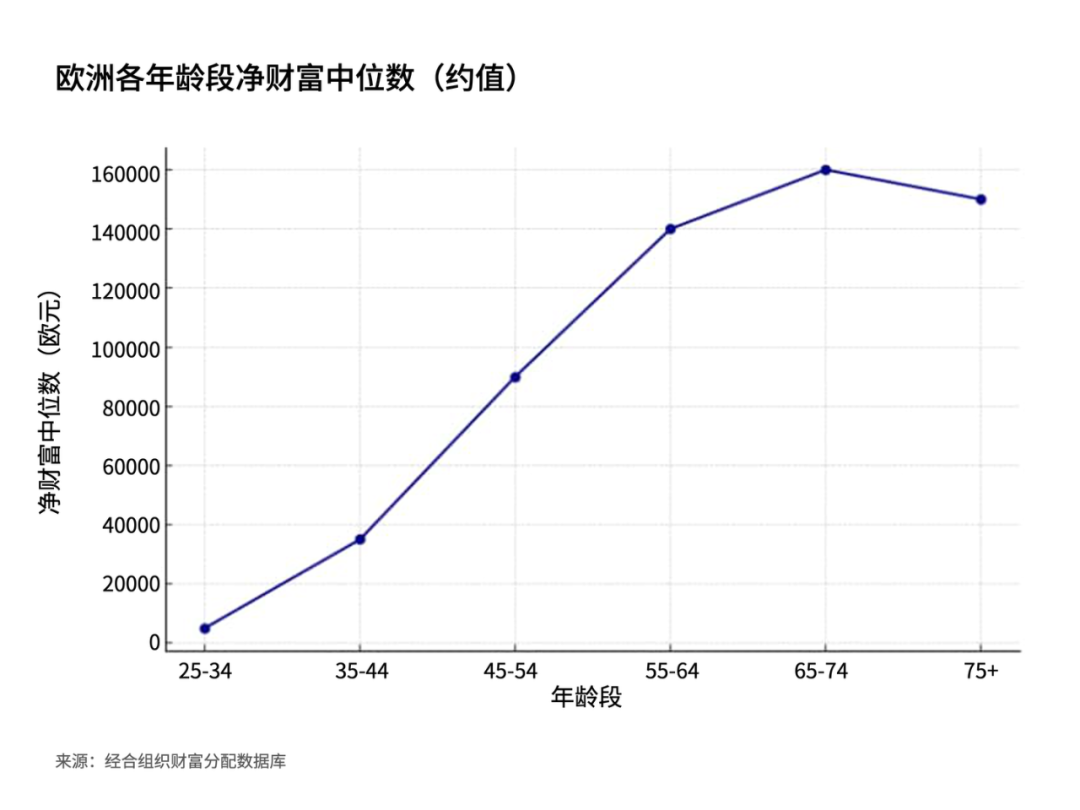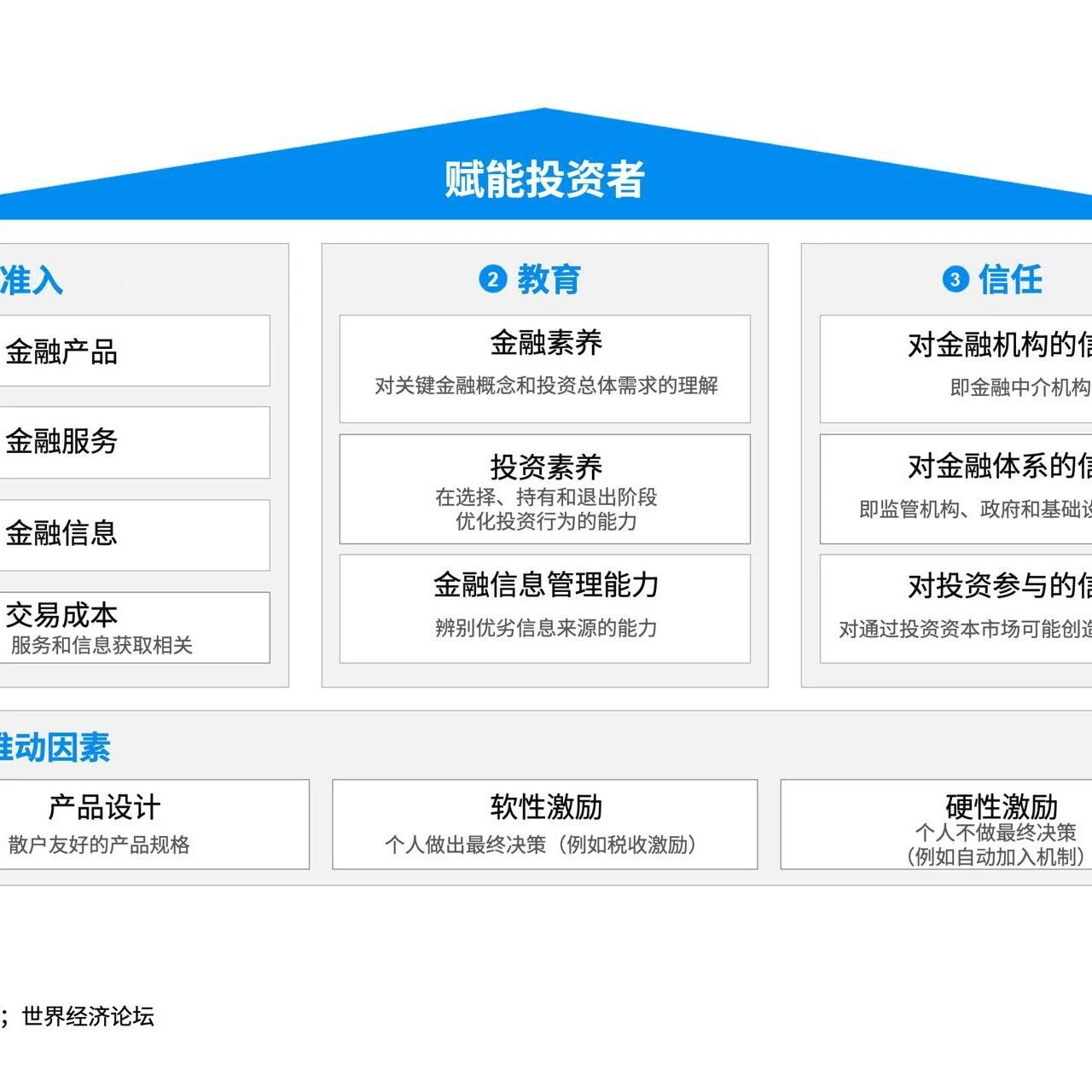

When striving to bridge the digital divide between generations, we must consider design factors.
Image source:Unsplash/Markus Winkler
Valentina Vellinho Nardin
Global Outstanding Youth Porto Community
Europe is rapidly advancing digitization, but the digital economy often unintentionally favors younger, tech-savvy users—leaving seniors behind.
Bridging the intergenerational digital divide requires not only internet access but also inclusive, user-friendly designs that respect the needs and experiences of older users.
By 2050, the aging population is expected to double. In this context, designing digital systems that cater to seniors is not only a social responsibility but also a smart business strategy.
Europe is at a turning point: its rapid digital transformation, coupled with record-breaking investments in areas like artificial intelligence (AI), e-commerce, and platform services, promises unprecedented growth.
However, this technological revolution is colliding with demographic shifts in Europe, presenting us with a growing and increasingly serious issue: the digital divide between young and older users.
Although recent Eurostat data show that the internet has become an integral part of daily life for Europeans of all age groups, and the generational gap in internet usage is narrowing, the existing divide reflects not only differing habits but also distinct patterns of technology adoption.
When we rush to adopt the latest innovations, we risk creating a digital economy that inadvertently excludes older adults. This isn’t done maliciously—it’s simply the result of making incorrect assumptions about the “typical” user.
This isn’t just a matter of user experience—it’s a blind spot at the macroeconomic level, raising an important question: Who exactly is the digital economy designed for?
Intergenerational characteristics
Gen Z: Frictionless, Agile, Value-Driven
Born roughly between 1996 and 2012, Generation Z is the first true "digital natives." They are tech-savvy and have high expectations for digital experiences.
Generation Z dominates social media usage across Europe. They demand immersive, mobile-first experiences from most industries—though in sectors like banking, there’s still a strong preference for the "sense of security" that physical branches provide.
This generation isn’t satisfied with convenience alone—they also demand authenticity, inclusivity, and accountability. For them, a poor digital experience isn’t just disappointing—it’s the decisive factor driving users to switch platforms. And society is listening to their voices.
Consumers aged 60 and older: affluent, cautious, often overlooked
In stark contrast, Europe’s population aged 60 and over collectively holds vast private wealth—but they are often overlooked in digital design, to the point of near-systemic exclusion.

As people age, the median net wealth steadily increases, peaking around ages 65 to 74. This helps explain why Europeans over 60 hold significant private wealth.
Image source: OECD Wealth Distribution Database
Many seniors have already started using online banking, digital health portals, and e-commerce platforms—but these services often assume, in their design, that users already possess a certain level of digital literacy. In reality, not all users are familiar with digital technologies.
Although Europe is rapidly moving toward "digital by default," we can assume that the current "default" risks are increasingly leaving older adults behind.
The latest Eurobarometer explores the "Digital Decade." The survey reveals that people aged 55 and older are significantly less likely than those aged 15–24 (89%) to believe that the digitalization of everyday public and private services has made their lives more convenient (56%).
The issue isn’t just about accessibility or affordability—it’s much more about usability, relevance, and dignity.
The Risks of Failing to Prioritize Digital Initiatives
In the race toward modernization, many brands and governments have gone fully digital—often without considering who might be left behind. Physical bank branches are shutting down, bills can only be processed online, and essential services are increasingly mandating the use of digital IDs. While this shift is undeniably efficient, it frequently—and often unnoticed—excludes certain segments of the population. But why does an intergenerational gap emerge? Part of the issue lies in the way these systems are designed.
Most digital products are designed based on the habits and preferences of younger users. Interfaces and websites often feature small fonts, intricate menus, or swipe gestures that older adults may not be familiar with.
Accessibility features like font enlargement and voice input remain relatively uncommon. Although knowledge-sharing initiatives and digital literacy training are gaining momentum across Europe, overcoming digital barriers still hinges on tackling five major obstacles: access, adoption, awareness, design, and trust.
To achieve the goals of the "Digital Decade," there’s one crucial point we’ve overlooked: treating inclusivity as a key performance indicator in digital planning, particularly by addressing the unique needs of older adults.
European laws—such as the Web Accessibility Directive and the upcoming Accessibility Act—are driving public services to become more user-friendly, but private platforms (shopping websites, apps, and home devices) still need to find ways to embrace universal design principles.
"We must prioritize systems designed for everyone, rather than focusing only on those who can adapt the fastest."
The result we're seeing now is that the digital environment is overly focused on targeting Generation Z, overwhelming them in the process, while older adults remain underrepresented and lack adequate support. Both groups feel frustrated—each for different reasons.
Bridging the gap
Europe's aging population represents a vast and rapidly expanding market. As such, taking action is not only a moral responsibility but also a significant business opportunity. According to a report by the Edison Alliance, efforts to bridge the digital divide are already paying off: globally, more than 1 billion people have gained early access to essential digital services.
Similarly, Ipsos' research highlights that seniors possess "strong purchasing power": by 2050, the global population aged 60 and older is expected to double to 2.1 billion, accounting for 26% of the total population. In other words, designing products and services with seniors in mind isn’t just a niche charitable endeavor—it’s about unlocking a massive and lucrative customer base.
Businesses and designers must adopt inclusive design as a standard practice. This means involving older users—from the very beginning—through user testing and co-design, rather than treating them as an afterthought after innovations have already been created and launched exclusively with younger generations.
Today, adhering to accessibility standards—such as the EU's Accessibility Act—is a legal requirement for many digital products. Beyond compliance, businesses should also view accessibility as a competitive advantage.
Products and websites should offer a clean layout design, voice navigation, adjustable fonts, and comprehensive privacy settings—to build trust.
From a positive perspective, analysts believe AI could play a constructive role. For instance, Gartner predicts that AI-powered scanning tools will soon be able to automatically identify accessibility issues, flagging cases where interfaces aren’t fully accessible to users of all age groups.
To achieve this, policymakers must step in. The European Commission’s “Digital Decade” plan has already set specific targets, and realizing these goals will require targeted actions aimed at high-risk groups—particularly older adults.
Importantly, legislation must ensure that offline options for essential services remain available, and the voices of older adults should be heard throughout the design process of digital public services.
We must prioritize systems designed for everyone, rather than systems tailored only to those who can adapt the fastest. The measure of success will be: how many people—regardless of age—feel that the digital world was created with them in mind.
The real challenge isn’t whether seniors can adapt to digital tools—it’s whether our systems are mature enough to accommodate them.

The above content solely represents the author's personal views.This article is translated from the World Economic Forum's Agenda blog; the Chinese version is for reference purposes only.Feel free to share this in your WeChat Moments; please leave a comment at the end of the article or on our official account if you’d like to republish.
Translated by: Di Chenjing | Edited by: Wang Can
The World Economic Forum is an independent and neutral platform dedicated to bringing together diverse perspectives to discuss critical global, regional, and industry-specific issues.
Follow us on Weibo, WeChat Video Channels, Douyin, and Xiaohongshu!
"World Economic Forum"


